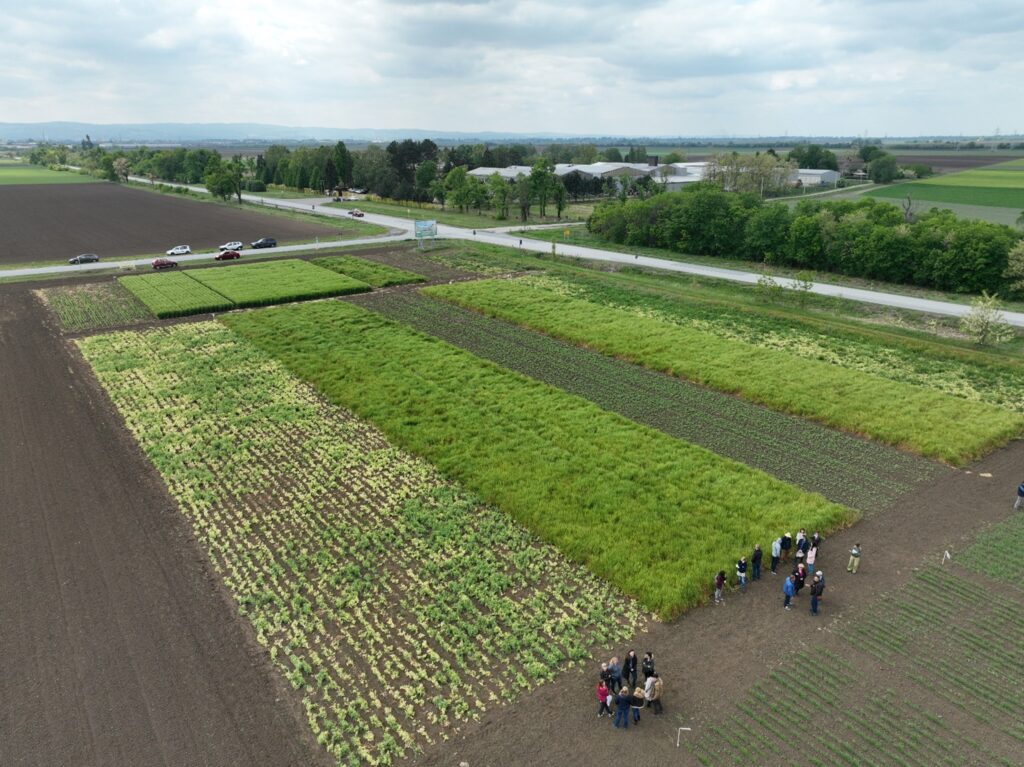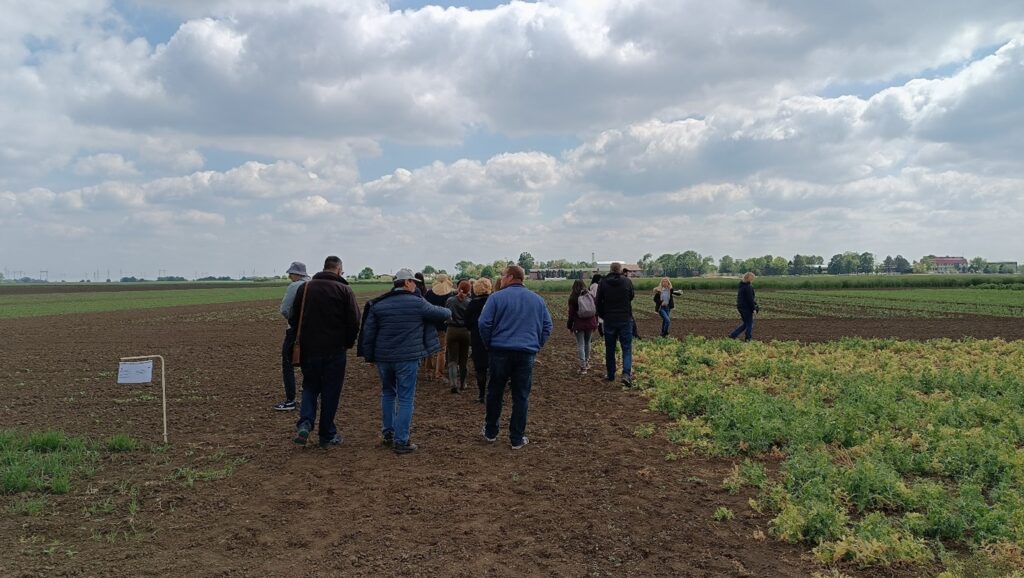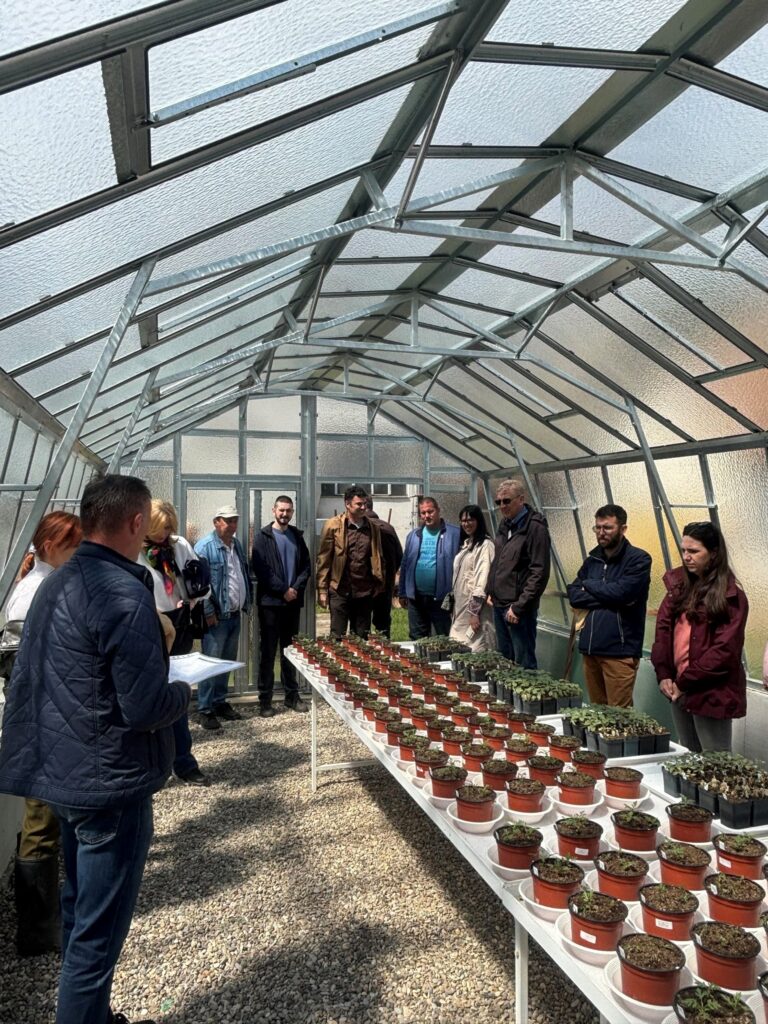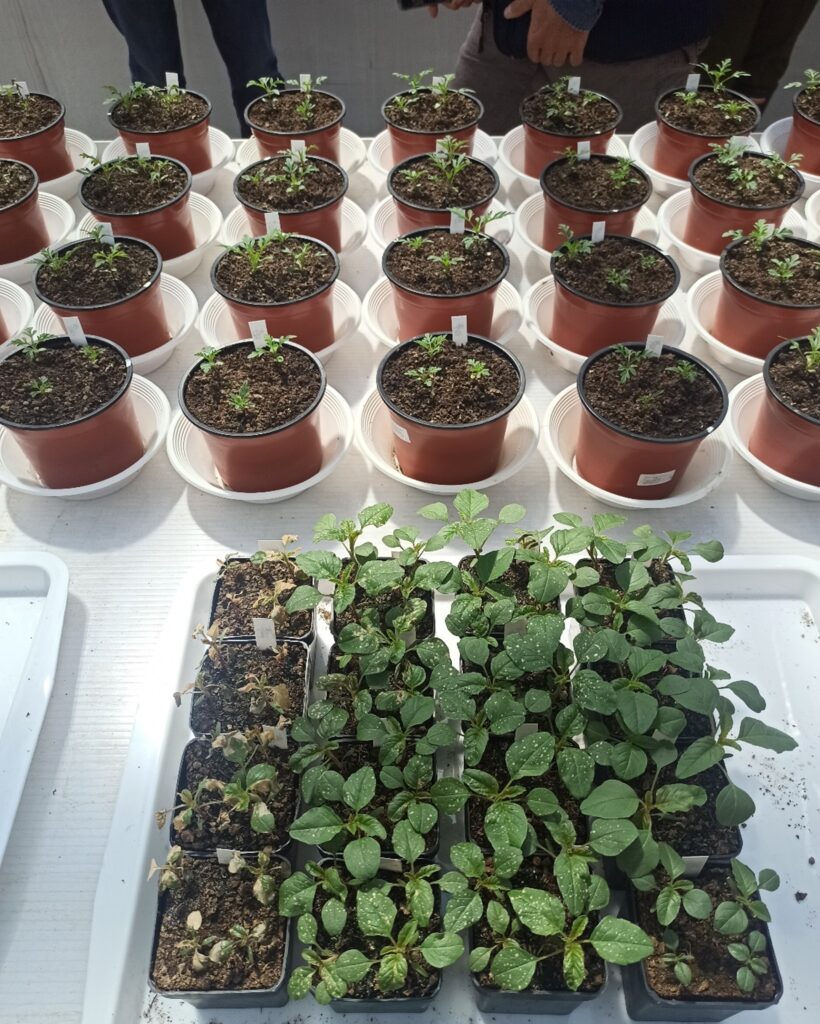On April 26th, the CARINA Field Day was held at the Institute of Field and Vegetable Crops in Rimski Šančevi, Serbia. This event brought together a diverse group of agricultural enthusiasts, including researchers, academic professors, producers, and students, all united by a shared passion for advancing agricultural innovation.

Participants had the opportunity to visit field trials showcasing various cropping management techniques such as double cropping, intercropping, and relay cropping. Relay cropping, a method of maximizing land utilization and enhancing crop productivity, is gaining popularity. Under the expert guidance of Dr. Ana Marjanović Jeromela, participants received detailed insights into the agricultural practices applied to the experimental fields.

The field trials demonstrated relay cropping combinations of winter barley with carinata and winter pea with carinata, as well as intercropping of winter pea with camelina and spring barley with carinata. The double cropping experiments featuring camelina as both a cash cover crop and food crop were particularly appealing, showcasing an innovative system to increase income while maintaining soil quality and promoting biodiversity.

Participants also observed trials from WP2, which included testing various formulations on winter pea against aphids. In this trial, 11 formulations provided by KIMITEC were applied according to EPPO standards. Additionally, the event featured a visit to the greenhouse, where experimental results on the effects of several bioherbicides on weeds such as Amaranthus retroflexus and Ambrosia artemisiifolia were presented, highlighting which formulations had phytotoxic effects.

The CARINA Field Day was a great opportunity to present new cropping systems, foster innovation, and promote sustainability. It successfully demonstrated the potential of advanced agricultural practices to enhance productivity and environmental stewardship.
SUBSCRIBE TO A NEWSLETTER
Funded by the European Union. Views and opinions expressed are however those of the author(s) only and do not necessarily reflect those of the European Union or the European Research Executive Agency. Neither the European Union nor the granting authority can be held responsible for them.